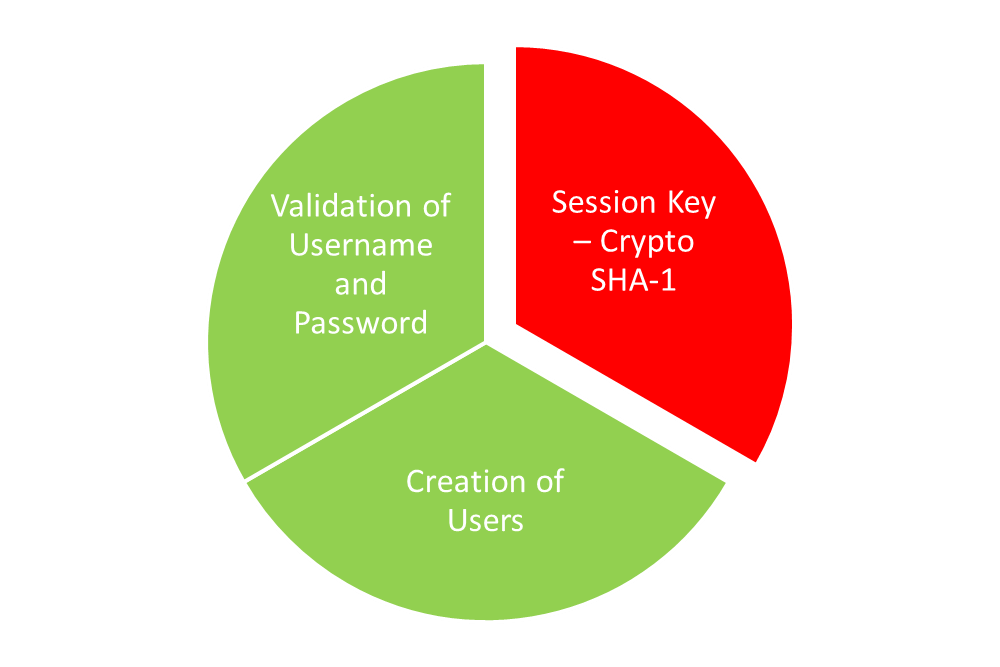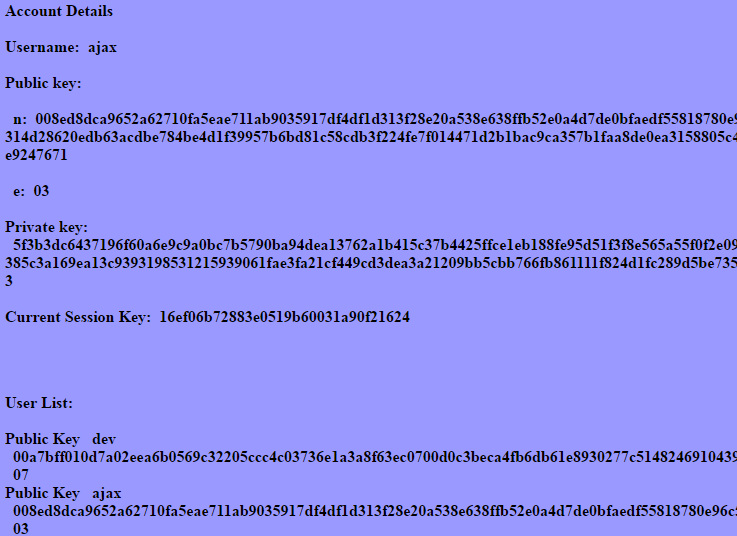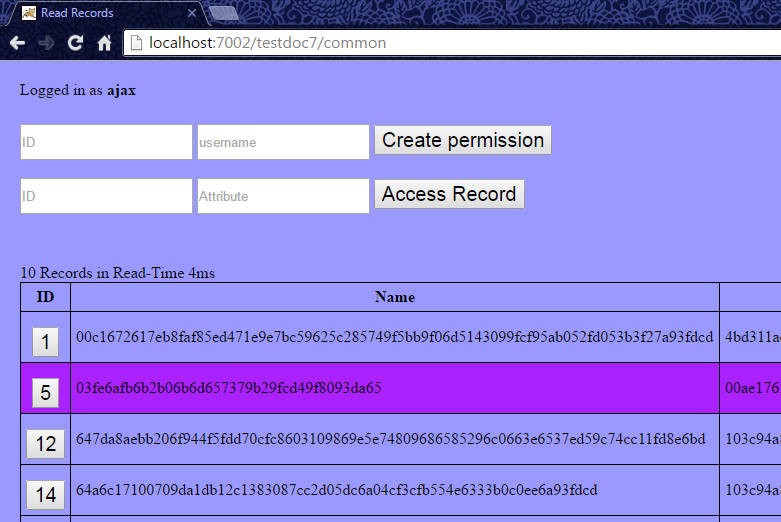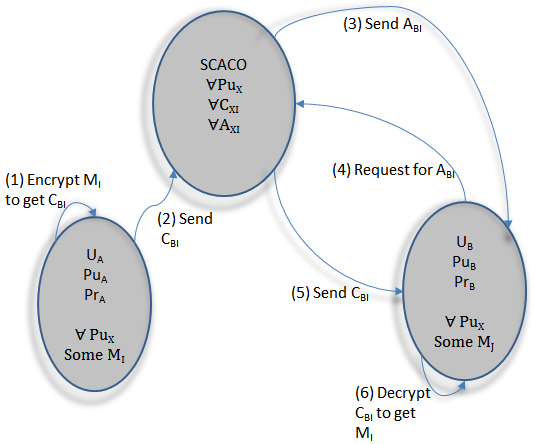Paper publication(Indian Journal of Science and Technology) http://www.indjst.org/index.php/indjst/article/view/102112
mvn clean build
Deploy the jar in Tomcat
Proof of Concept(PoC) to show how RSA can be used to store information in a decentralized cloud where the users can store and share data with other users. Public Key Encryption is used and users could take control of their own keys if they wanted. The cloud provider would thus be unable to decrypt users information on their own cloud.
Bob would be able to share data with Alice by knowing her public key and Eve would be unable to eavesdrop on the data or decrypt it. Only Alice would be able to decrypt the data using her private key.
The transfer of public keys can happen offline or through a secure channel created by Diffie Hellman technique or SSL. Even if the public keys were shared publically users could communicate securely.
Once data has been shared, it cannot be unshared, thus the users own their data locally and this makes the model decentralized in nature. Although, if the user updates the data, these updates won't be shared with the users unless they are explicitly given the data again.
The PoC was themed around sharing sensitive medical records of patients between doctors on a cloud, which would be a perfectly valid and legal business scenario.
We built our own authentication and session management service
We implemented the RSA algorithm with the Chinese Remainder Theorem, Fermat's Little Theorem and Extended Euclid's Theorem. So to decrypt we would Mod Inverse the bytes, while an attacker would have to run the discrete logarithm algorithm.
Here is a GUI we built to show the workings of RSA
We gave users access to their keys for transparency
Here is how a user could share data with the doctor. The doctor would receive a snapshot of the data at that point not an updating reference.
For more information read my report on this here, or the reference to the paper.
Rivest Shamir Adleman(RSA) https://people.csail.mit.edu/rivest/Rsapaper.pdf





